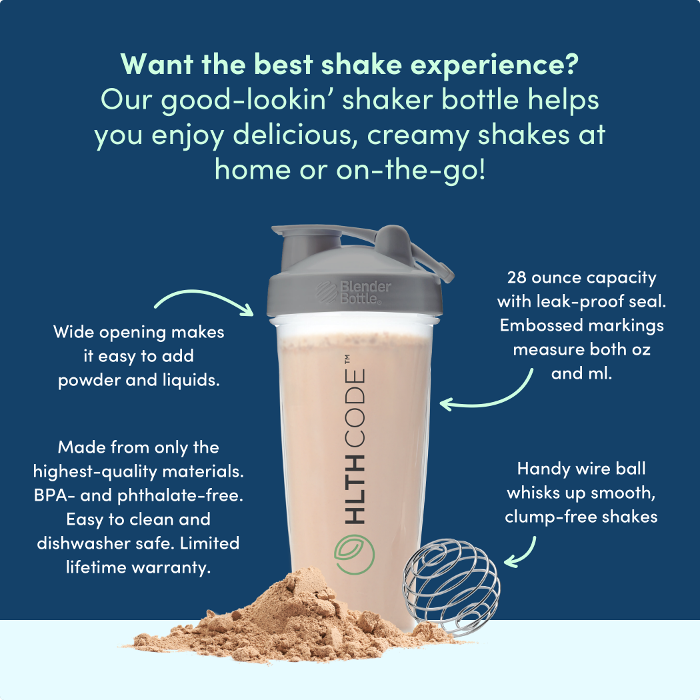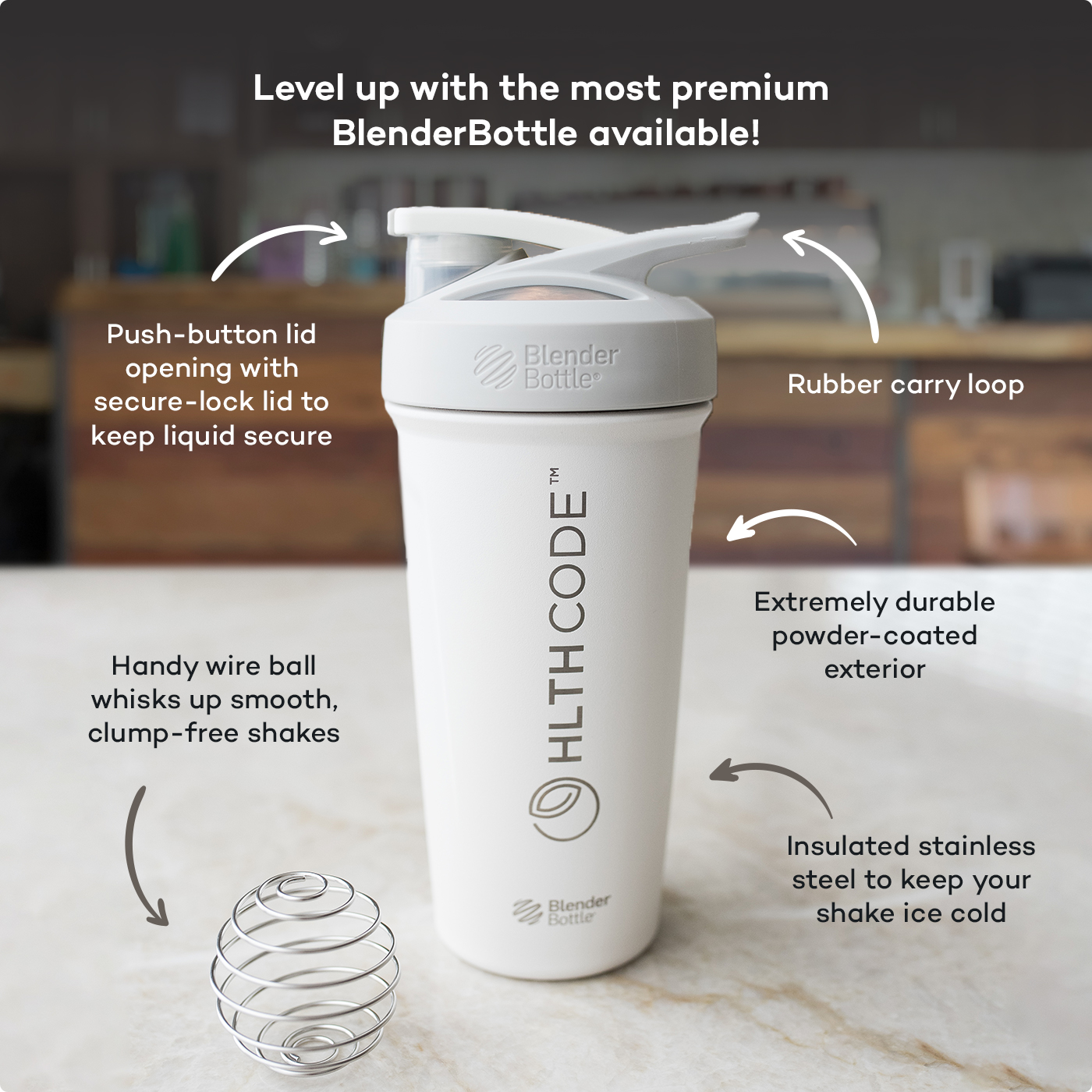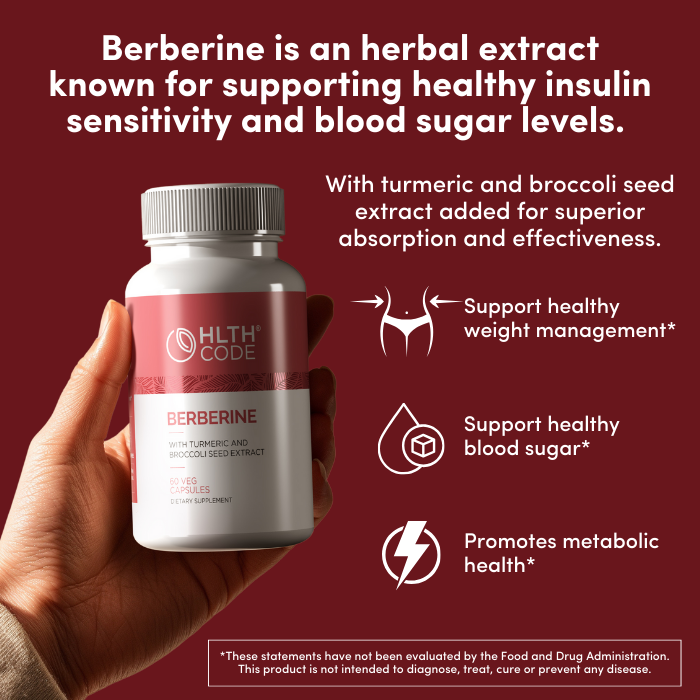Want to Lose Weight? Consider a Low-Carb Diet

A low-carb diet is one of the most popular approaches to weight loss, but how does it really work, and is it right for you? Let’s break it down into simple steps, helping you understand the benefits, potential risks, and how to get started.
Why Consider a Low-Carb Diet?
A low-carb diet focuses on reducing carbohydrate intake and increasing proteins and healthy fats. It’s not about starving yourself or cutting calories to dangerous levels. Instead, it’s about changing how your body gets energy.
Here are a few reasons why people turn to low-carb eating:
- Weight Loss: Reducing carbs can promote fat burning and weight reduction.
- Blood Sugar Control : Low-carb diets can help stabilize blood sugar levels, which is essential for people with insulin resistance or diabetes.
- Simplicity : Unlike calorie-counting diets, low-carb diets allow you to eat until you’re satisfied while focusing on the right types of foods.
How Low-Carb Diet Works
When you eat fewer carbs, your body begins to burn stored fat for energy. This metabolic shift helps with weight loss and reduces fat storage over time.
Carb Restriction
A typical low-carb diet restricts carb intake to around 50 grams per day. Some diets allow slightly higher amounts, up to 150 grams, depending on your goals. For perspective, the average American diet contains around 200 to 300 grams of carbs daily.
In the first week, most of the weight you lose is water weight. This is because your body depletes glycogen stores, which hold water. After this initial phase, the body begins to burn fat, leading to sustainable weight loss of about 0.5 to 2 pounds per week.
Types of Low-Carb Diets
There are several types of low-carb diets, each with slightly different rules:
- Keto Diet : Carbs make up less than 10% of your daily intake. Your body enters ketosis, burning fat for fuel.
- Atkins Diet : Starts with 20 grams of carbs daily and gradually increases.
- South Beach Diet : Emphasizes lean proteins and healthy fats while reducing carbs.
- Paleo Diet : Focuses on whole foods, naturally low in carbs.
Foods to Focus On
A successful low-carb diet emphasizes proteins, healthy fats, and non-starchy vegetables. Here are some staples:
- Proteins : Beef, chicken, fish, eggs.
- Vegetables : Spinach, broccoli, asparagus, cauliflower.
- Fruits (Low Sugar) : Berries, melons, and stone fruits.
- Healthy Fats : Avocados, olive oil, nuts, seeds.
- Dairy: Full-fat yogurt, cheese, butter.
Foods to Limit
To stay in a low-carb state, limit or avoid these foods:
- Sugary Snacks : Candy, ice cream, soda.
- Refined Grains : White bread, pasta, crackers.
- Starchy Vegetables : Potatoes, corn, peas.
- Processed Foods : Fast food, chips, sugary cereals.
Results and Benefits
Short-Term Results
- Water Weight Loss : Immediate loss in the first week.
- Fat Burning : Begins around week two.
Long-Term Benefits
- Sustained Weight Loss : A steady rate of 1–2 pounds per week.
- Reduced Cravings : Low-carb diets regulate hunger hormones, reducing appetite.
- Improved Health : Lower risk of type 2 diabetes and heart disease.
Risks and Side Effects
While low-carb diets can be effective, they aren’t perfect for everyone. Here are some potential side effects:
- Fatigue : In the first week, you may feel tired as your body adjusts.
- Keto Flu : Headaches, muscle cramps, and irritability are common in very low-carb diets.
- Nutrient Deficiencies : Long-term carb restriction can lead to fiber and vitamin deficiencies. Make sure to eat enough vegetables and fruits that are lower in sugar.
Tips for Eating Out
Eating low-carb at restaurants is easier than you think. Follow these tips:
- Choose Meat or Fish: Order grilled meats or fish as your main dish.
- Swap Sides: Replace bread or fries with extra vegetables or salad.
- Avoid Sugary Drinks: Stick with water, unsweetened tea, or sugar-free options.
Emotional & Physical Effects
Starting a low-carb diet can affect your mood and energy levels. It’s normal to crave carbs at first, but these cravings often pass as your body adjusts. Drink plenty of water, and consider a small serving of berries or melon to curb cravings.
Exercise & Support
Exercise plays a key role in weight loss, but it doesn’t need to be extreme. Simple activities like walking or weight training can enhance your results. Find support through online communities or friends who are following similar plans.
FAQ About Low-Carb Diet
Q: How long does it take to see weight loss on a low-carb diet?
Most people notice initial water weight loss within 1–2 weeks. Fat loss begins shortly after, with consistent results around the 2 to 4-week mark.
Q: What should I avoid on a low-carb diet?
Limit sugary snacks, refined grains, and starchy vegetables. Avoid processed low-carb snacks, as they often contain artificial ingredients and may slow your progress.
Q: Should I exercise while on a low-carb diet?
Yes! Exercise enhances weight loss and improves metabolic health. Focus on activities you enjoy, whether it’s walking, swimming, or weightlifting.
Q: What is HLTH Code, and how does it fit into a low-carb diet?
HLTH Code offers high-protein, low-carb shakes that are packed with whey, egg white, and collagen proteins. These shakes are formulated to keep you full and provide balanced nutrition without relying on empty carbs. Unlike other low-carb shakes that use artificial sweeteners (like sucralose) or sugar alcohols (like erythritol), HLTH Code uses only natural sugar-free sweeteners that won’t spike blood sugar levels and keep you in fat burning mode.
Q: Why don’t calorie deficit diets work?
Calorie counting often fails because it leaves people feeling hungry. HLTH Code promotes healthy fat, high-protein meals that naturally satisfy hunger, reducing overall carbohydrate intake without the need to count every bite.
A low-carb diet could be the key to unlocking your weight loss goals. Remember, the best diet is one that you can stick to, providing the right balance of nutrients and foods you love.
This article is for informational and educational purposes only. It is not, nor is it intended to be substitute for professional medical advice, diagnosis, or treatment and should never be relied upon for specific medical advice.


















